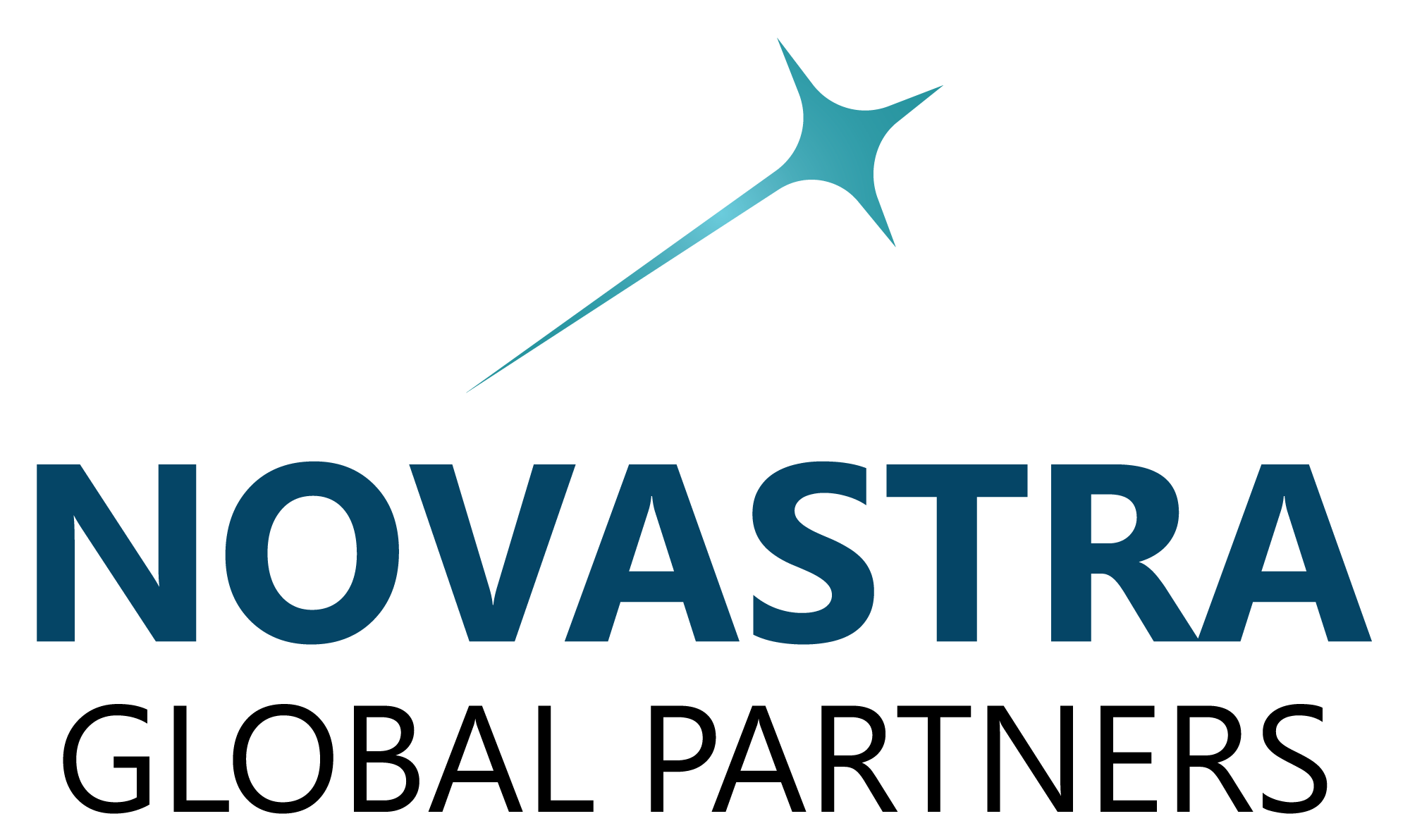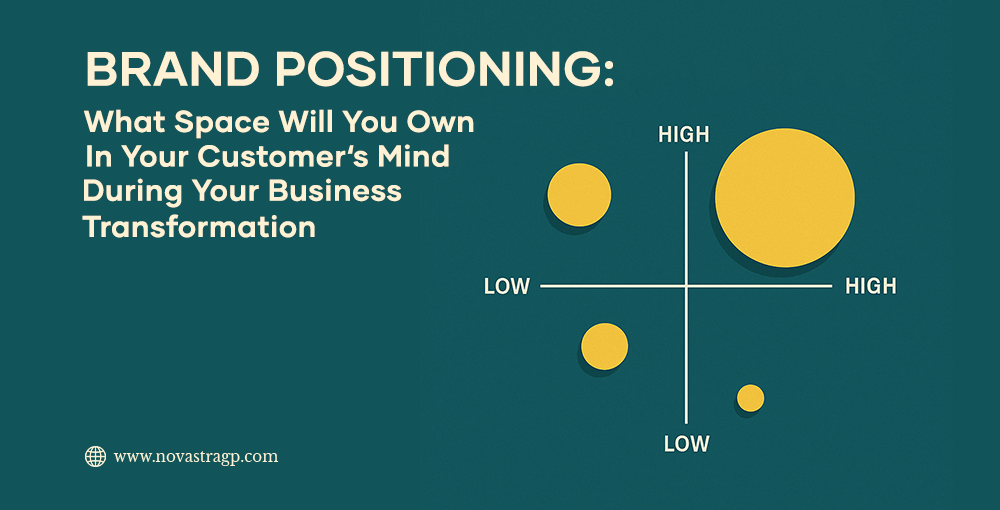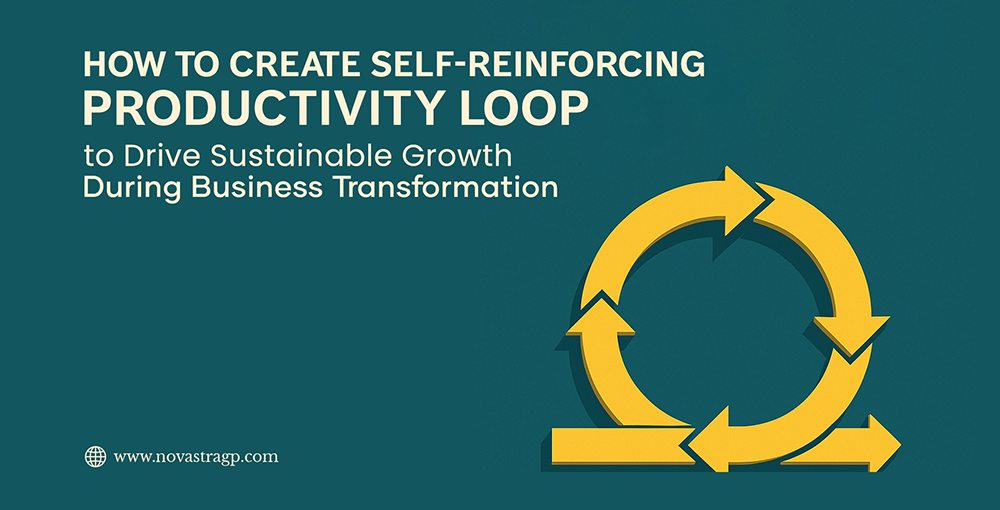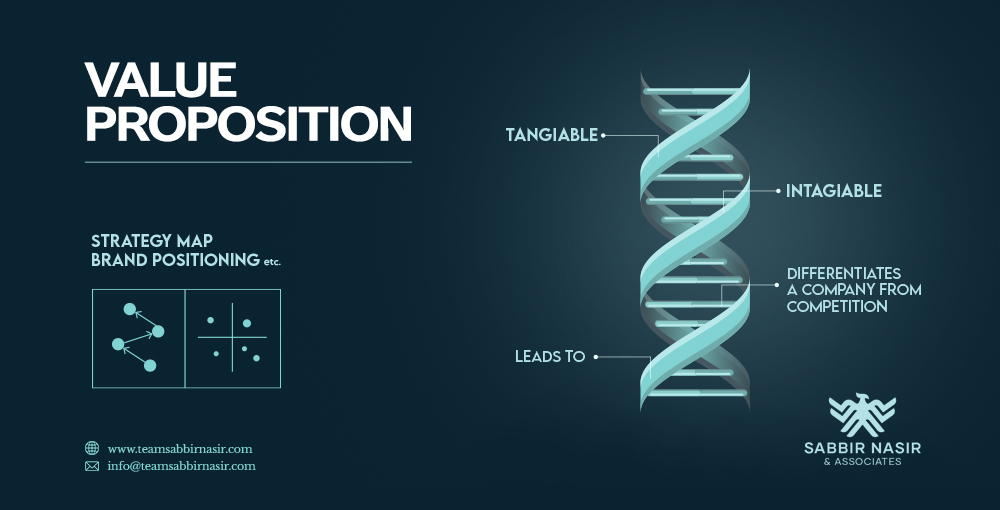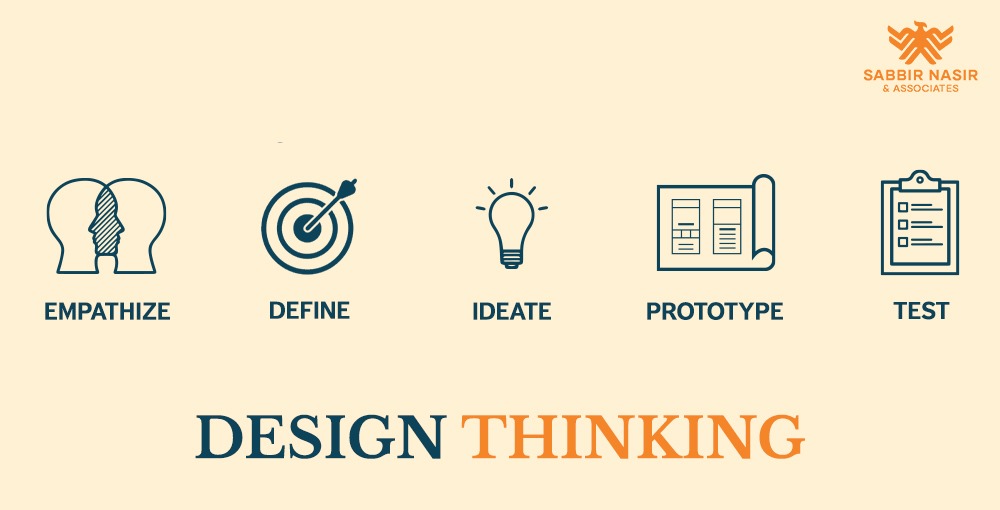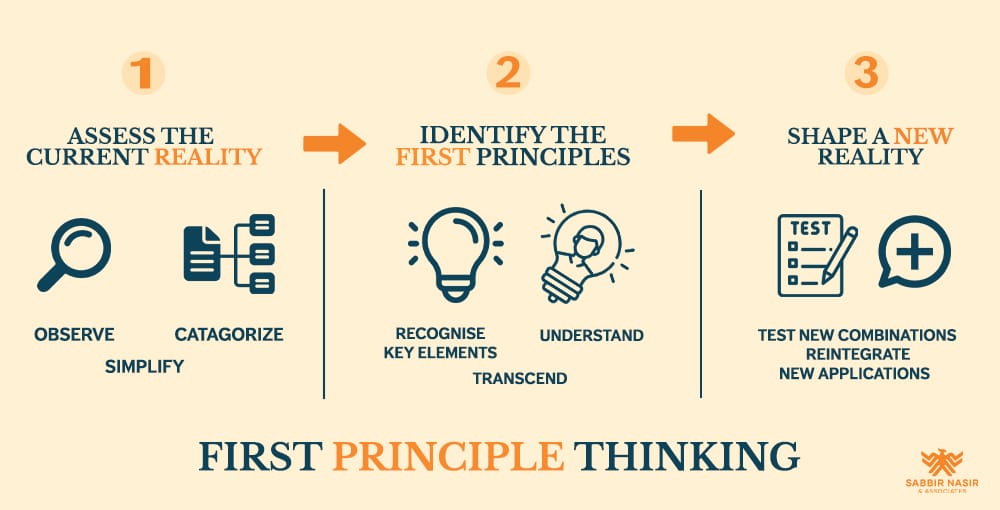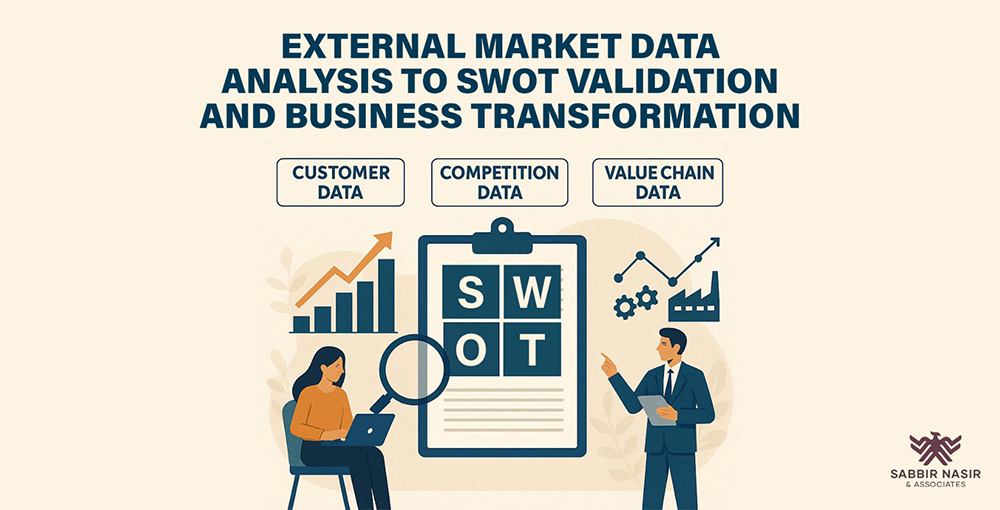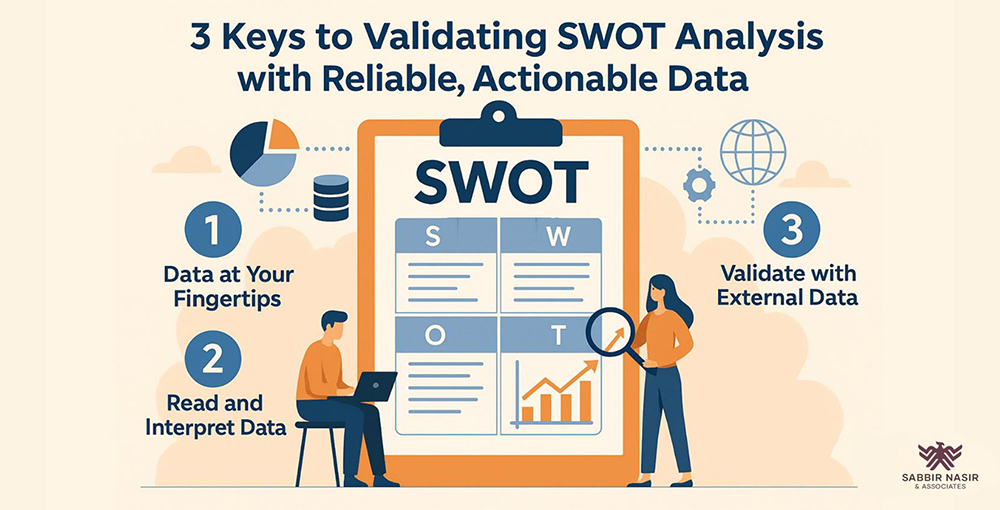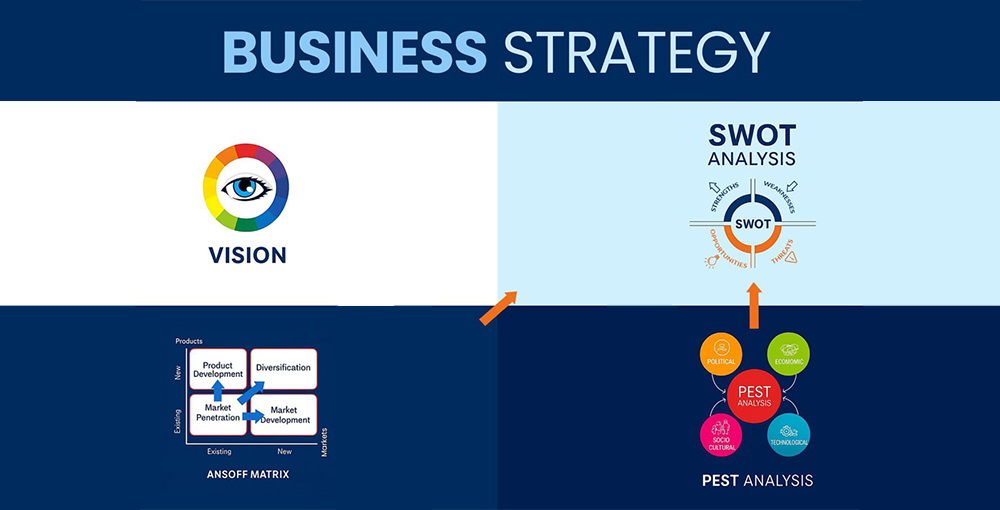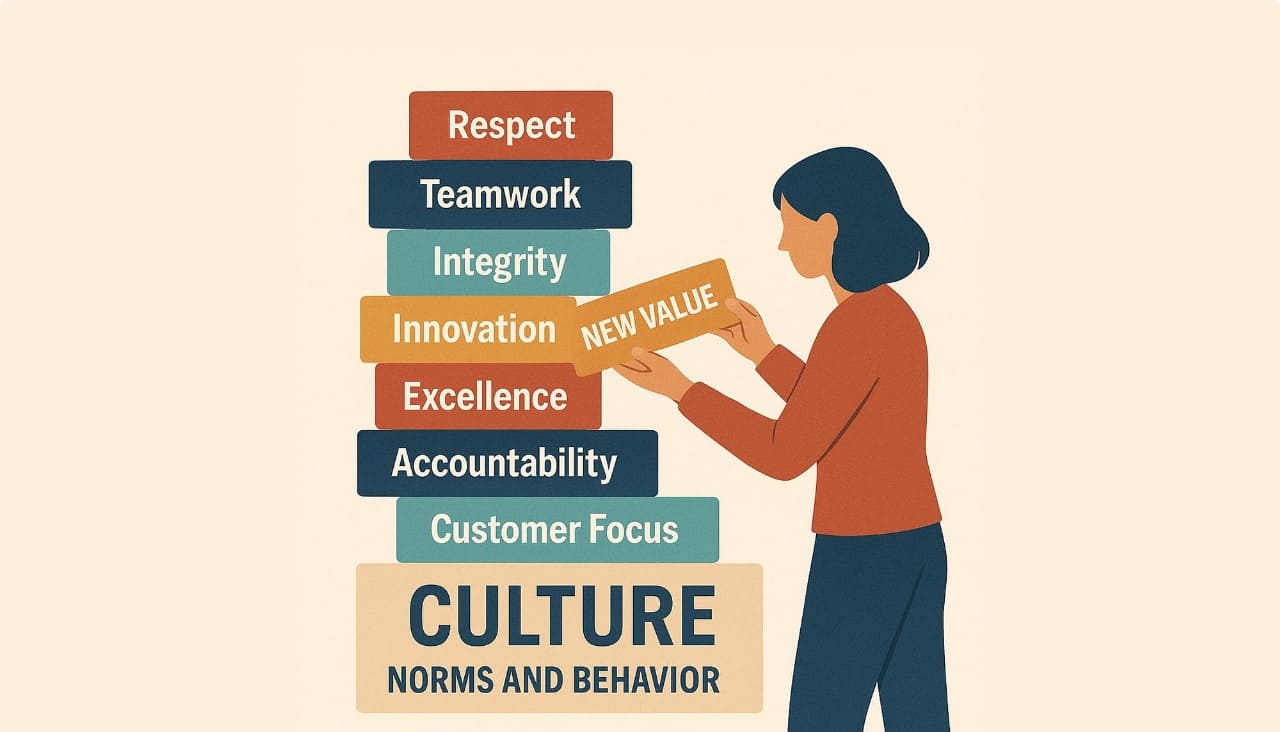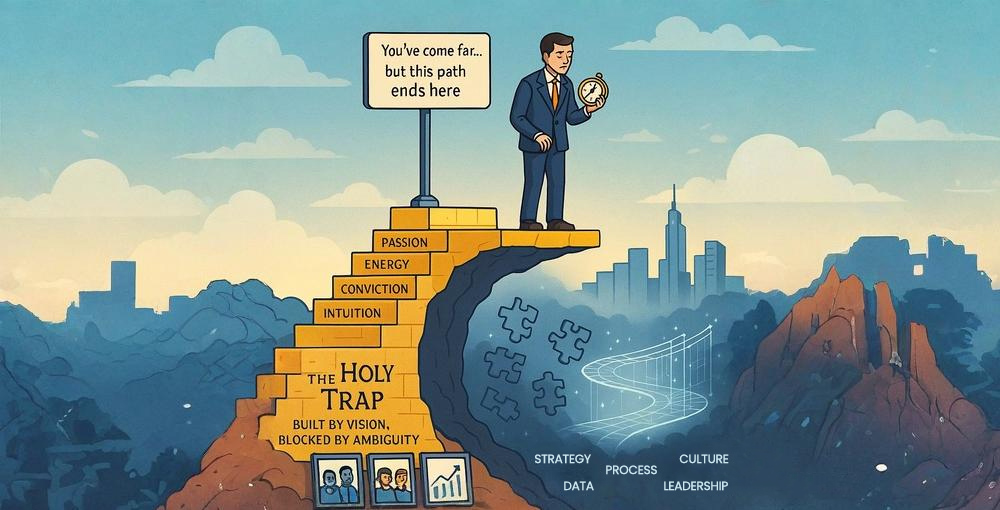Your Strategy Map: Identifying Cause-and-Effect Relationships that Enable Business Transformation

Summary: The core purpose of creating a strategy map is to define and bring clarity to the cause-and-effect relationships between business outcomes, your value proposition, and the people, processes, and systems that create customer value. In this article, we will:
· Define a strategy map.
· Explain the four layers of a strategy map.
· Discuss cause-and-effect relationships.
· Address undefined processes.
· Connect strategy mapping to people and culture.
· Explore a real-world example of strategy mapping to inspire customers.
In the previous article, I explained why the value proposition forms the DNA structure that makes it possible for an organization to function and scale. The full definition of the value proposition includes both tangible and intangible benefits to the customer, integrating practicality with human emotion.
This helps to close any disconnect between brand and customer perceptions of value, which will ensure the company is focusing on the needs, wants, and aspirations of its customer base.
Once we have the value proposition, we need to create a strategy map, with the value proposition serving as the central connector between financial objectives and the internal enablers that make the value proposition possible.
What Is a Strategy Map?
A strategy map is a diagram that links strategic goals, the value proposition, processes, people, and systems. This helps us define cause-and-effect relationships within the organization. The strategy map concept, introduced by Robert Kaplan and David Norton, is pictured below.
4 Layers of a Strategy Map
1. Financial Perspective. This layer focuses on financial objectives that can be achieved when an organization delivers on its value proposition. These objectives might include profitability growth, cost efficiency, return on capital employed (ROCE), etc., all of which contribute to long-term shareholder value.
2. Value Proposition. This layer captures the value of the brand from the customer’s perspective in several key areas, including product service/attributes, the relationship with the brand, and the brand image. The value proposition should be both practical and inspirational.
3. Internal Perspective. This layer defines four core groups of processes that drive different blocks of the value proposition – operations management (also called order fulfillment), customer management, innovation, and regulatory and social. Collectively, these processes and standard operating procedures (SOPs) form a system that is essential to scalability.
4. Organizational Capacity. This layer shows the enablers – human capital, information and technology assets, and company culture – that are required to execute the processes in the layer above.
Identifying Cause-and-Effect Relationships to Support Business Transformation
Understanding cause-and-effect relationships within the organization is critical to successfully navigating the Sabbir Nasir Transformation Framework (SNTF). However, an organization’s processes typically cannot be grouped as simplistically as the Kaplan-Norton model illustrates.
What process drives different activities? What processes influence other processes? How are they connected? What is the impact of each process on the value proposition from the customer’s perspective?
Rather than categorizing processes into general groups, we help organizations understand cause-and-effect relationships by bringing clarity to:
· How different processes and sub-processes are interconnected.
· The human capital and IT resources that execute these processes.
· The value proposition pillars that each process enables.
Addressing Undefined Processes
A common challenge during business transformation is not the absence of processes, but the absence of definition and clarity for each process. Every organization has processes. However, processes that are undefined, undocumented, fragmented, outdated, or not understood could be misaligned with the value proposition.
This is why many founder-led companies get stuck in the Holy Trap.
Each process should be defined and labeled based on a deep understanding of the customer and linked to a positive customer outcome. Business transformation often requires processes to be redesigned, replaced, or added to ensure they align with the value proposition.
The Role of People and Culture in Strategy Mapping
Processes and systems alone won’t drive successful business transformation. Your vision and strategy roadmap connect the present state of the organization to the future state. But every layer of your strategy map should be informed and supported by the culture and values that we’ve previously articulated.
The SNTF requires detailed outlining of current processes, key performance indicators (KPIs), human capital, and technology capital, creating a seamless chain that leads to the value proposition. The value proposition should then be connected to financial objectives.
We need to be very specific in anticipating and measuring how KPIs and cause-and-effect relationships will lead to the creation of customer value. You cannot manage what you cannot measure. Also, human capital must be properly trained, and the right IT systems must be implemented and democratized, to ensure human capital can execute these processes.
Culture is an essential component of every component of the SNTF. We should measure the culture index, nurture cultural values, and establish KPIs for cultural re-engineering. Without the proper culture and human capital in place, you cannot meet KPIs or execute processes that ultimately deliver the value proposition.
Real-World Strategy Mapping to Inspire Customers
In the case of Otobi, a company that we transformed into the largest furniture manufacturer and retailer in Bangladesh, we learned that customers weren’t just looking for furniture in the right style and size. They wanted space solutions.
We committed to inspiring customers with a value proposition focused on providing affordable, practical space solutions for homes and offices.
To deliver that value proposition, we needed to understand customer frustrations and emotions related to their spaces. We re-examined the customer management process and created interconnected sub-processes to align with the customer perspective and provide an innovative solution.
· The in-store visual merchandising process was connected to the product development process.
· The product development process was connected to the procurement process.
· The procurement process was connected to the insight-generation process.
By defining various sub-processes and their interconnectedness, establishing cause-and-effect relationships, and ensuring that human capital and the right systems were in place to execute those processes, we made it possible for Otobi to deliver its value proposition in a repeatable, reliable way.
Walking the Path With You
I realize a diagram like this can be overwhelming and confusing. Businesses get stuck in the Holy Trap not because of a lack of talent and determination, but because they were blind to what was happening.
I’m here to help you see.
The first step in the SNTF is to provide clarity. I’ll walk the path with you, bringing empathy, soul, and understanding to your journey. I’ll introduce you to tools that I’ve used in multiple organizations to achieve true business transformation.
You have it inside you to do this, and I can show you the way.
Looking ahead, the strategy map discussed here will also help us identify the most important constructs that are interconnected to create and reinforce the productivity loop. We’ll explore the value of the productivity loop and its role in business transformation in the next article.
